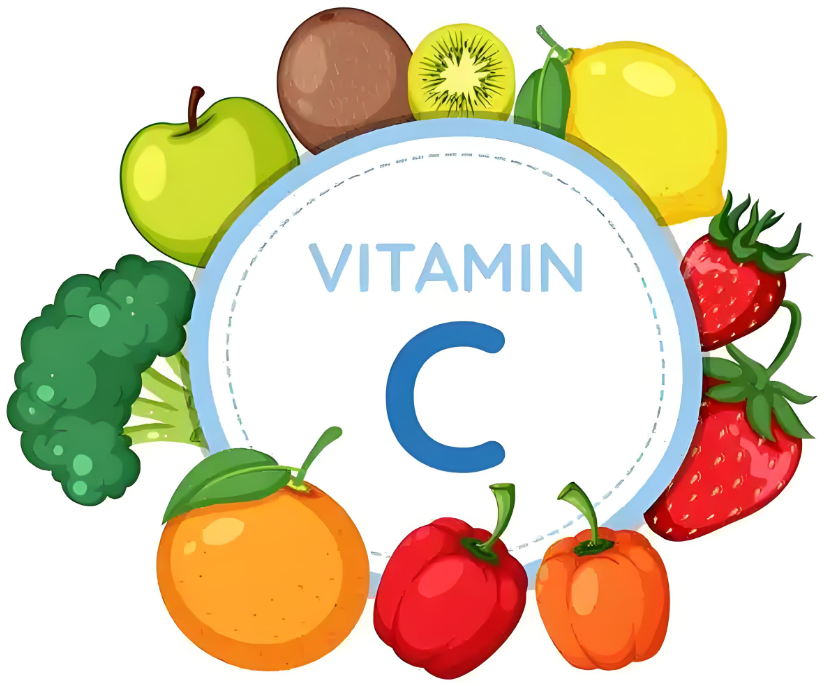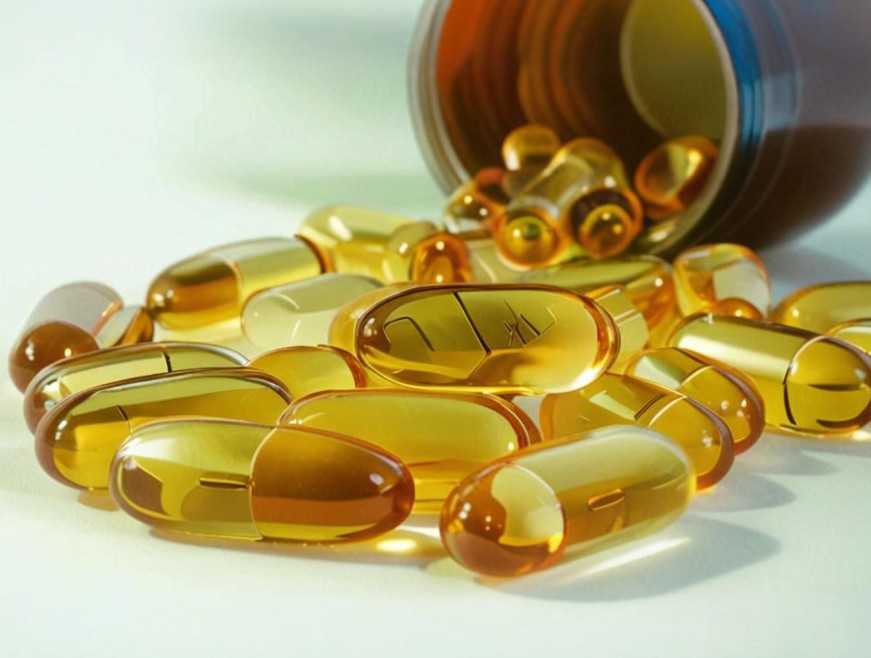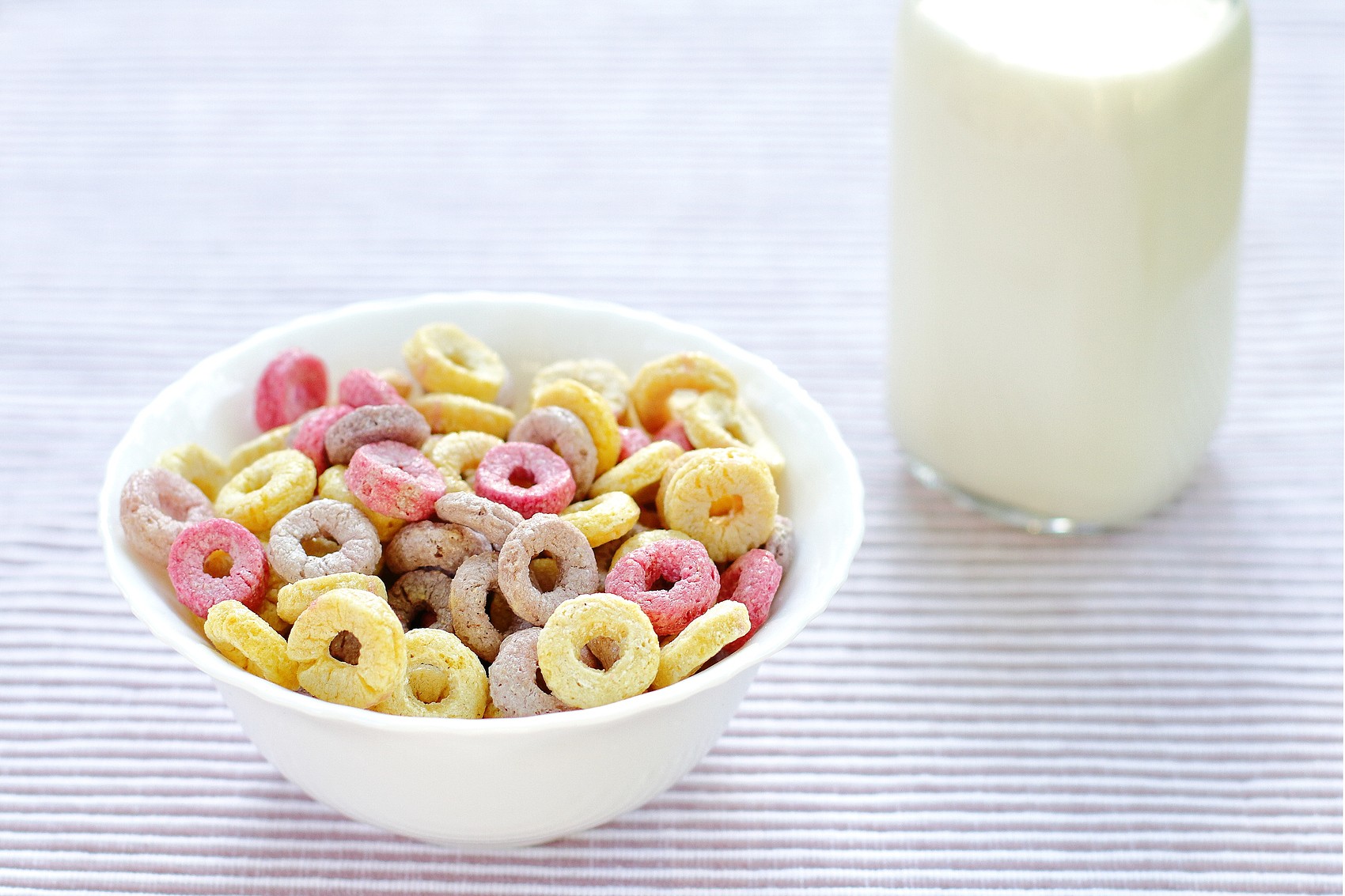A type of substance called sugar instead of sugar - polyglucose
Polydextrose is a kind of water-soluble dietary fiber, which is a D-dextrose polymer formed from glucose, sorbitol and citric acid, which is heated into a molten mixture according to a specific proportion, and then condensed by vacuum. A special carbohydrate with low calories, no sugar, low glycemic index, stability and high tolerance, with prebiotic characteristics. Its physiological characteristics such as adjusting the gastrointestinal microecological environment, defecation and preventing intestinal diseases make it widely used in various foods, especially functional foods with low energy and high fiber. In the reply letter of the Food Department of the National Health and Family Planning Commission on issues related to polydextrose (National Health Food Evaluation Memo (2014) No. 241), it is pointed out that polydextrose can be managed as a common food raw material. As a food additive or nutritional fortification agent, it should meet the provisions of the national standard GB2760 or GB14880
Pharmacological action
1.Low-energy polyglucose is the product of random polymerization, with many types of glucoside bonds and complex molecular structure, which is difficult to be digested and utilized by humans or animals, so it has low heat. A large number of animal and human experiments have confirmed that polyglucose has a low caloric value, about 1 kcal/g. Feeding the rats with 14 C-labeled polyglucose proved that about 60% to 70% of the polyglucose was not converted into usable energy, and about 30% was converted into used energy. 2. Maintain healthy intestinal function and prevent constipation Because polyglucose has good water retention, undigested polyglucose increases intestinal motility and stool discharge. At the same time, part of the polyglucose in the large intestine can be fermented and utilized by bifidobacterium and other beneficial bacteria to produce a large amount of short-chain fatty acids, which can reduce the intestinal p and H, stimulate the intestinal peristalsis, increase the wetness of stool and maintain certain osmotic pressure, thus regulating the intestinal environment in both ways and preventing the occurrence of constipation. 3. Polyglucose is an effective prebiotic that regulates the balance of intestinal flora. After being ingested into the human body, it is not digested in the upper part of the gastrointestinal tract, and only partially fermented in the lower part of the gastrointestinal tract, which promotes the proliferation of beneficial intestinal bacteria (bifidobacterium and Lactobacillus) and inhibits the growth of harmful bacteria such as Clostridium and Bacteroides. Polyglucose is fermented by beneficial bacteria to produce short-chain fatty acids such as acid and butyric acid, which lowers intestinal pH and can help fight infection and reduce the risk of cancer. 4. Remove toxic substances from the body, reduce the risk of intestinal cancer, improve immunity Polyglucose can inhibit the absorption of toxic substances in the intestine and expel them through the feces to reduce the accumulation of toxic substances in the body. 5. Promote the absorption of mineral elements Numerous studies have shown that the intake of non-digestible sugars can promote the absorption of calcium in rats, including various sugar alcohols, oligosaccharides, and polysaccharides, so non-digestible sugars may play a beneficial role in the absorption and retention of calcium in the human body. Polyglucose, as a non-digestible polysaccharide, can also promote calcium absorption. 6. Improve lipid metabolism, Lowering triglycerides and cholesterol Cholesterol is a fat-soluble substance that binds to proteins to form lipoprotein particles and runs in the blood. High levels of cholesterol in the human blood can lead to arteriosclerosis and hypertension. Animal studies have shown that polyglucose can prevent or reduce the transport of triglycerides and cholesterol to the mesenteric lymph and thus reduce the absorption of triglycerides and cholesterol in rats . 7. Reduced glycemic response Diets rich in high-glycemic carbohydrates such as various sugars and starches are increasingly linked to health problems such as obesity and early type 2 diabetes. Polyglucose is difficult to be absorbed, the glycemic index is very low (relative to 4% to 7% of glucose), it is not easy to increase blood sugar after taking, and does not stimulate insulin secretion, which is very suitable for diabetic patients. Polyglucose can also be used to replace high glycemic index carbohydrates in various foods, reducing the overall glycemic load of the final product. Clinical experiments showed that the glycemic index of the human body after ingesting 12g of polyglucose and 50g of grapes was 89% (compared with the glycemic index of 100% after ingesting 50g of glucose), indicating that polyglucose was non-insulin-dependent, and also showed that polyglucose could delay the absorption of glucose in the small intestine. It may be caused by the delay of gastric emptying due to the filling of polyglucose and the increase of the density of the small intestine. 8. Increase satiety, help weight control The number of people suffering from obesity is on the rise globally, and low-calorie diets are an effective means of weight control. Polyglucose has a lower caloric value, which can make people achieve the effect of increasing satiety under the condition of taking less calories. On the one hand, low-calorie foods produced with polyglucose can increase the sense of satiety, so that consumers avoid feeling hungry for a long time. Polyglucose can also suppress appetite, reduce food intake, and remove excess fat and energy from the body. On the other hand, polyglucose can also form a film on the gastrointestinal wall, wrap some of the fat in the food, limit the absorption of fat in the digestive tract, and promote the excretion of lipid substances, so as to reduce fat accumulation and control weight.










